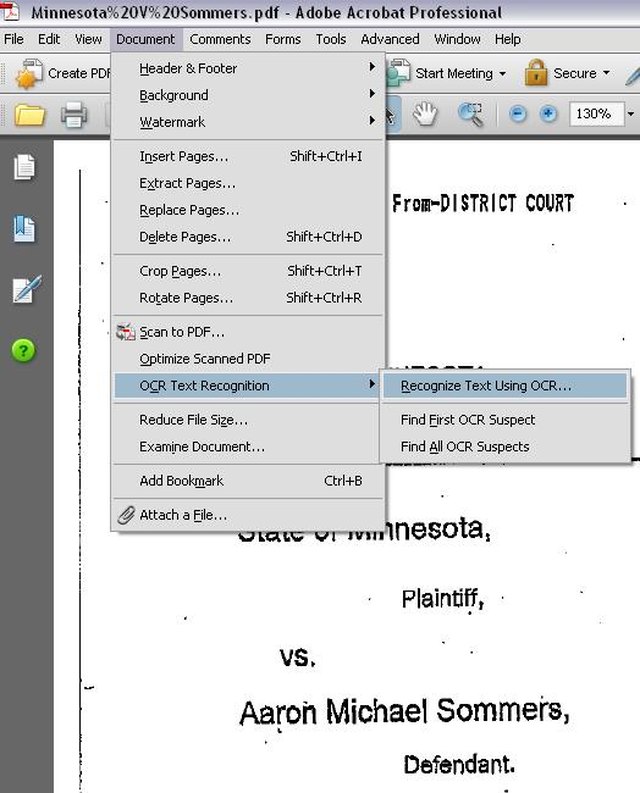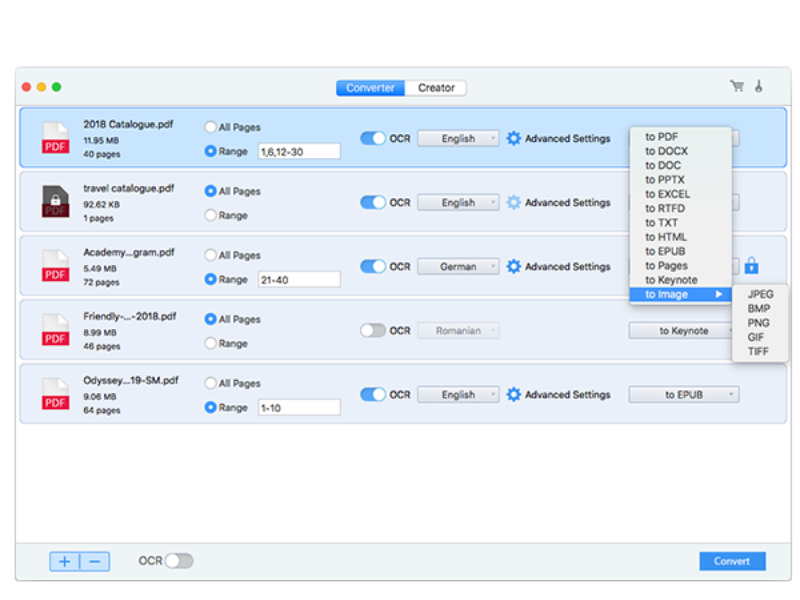


Till then, pick a topic from this blog and get started on your next great computer science project. This is because the coursework is updated frequently, and there are always new things to learn. And while thinking about computer science project topics, if you find it difficult to keep up with the latest trends, go for the best online course for Web Development. From machine learning algorithms to data mining techniques, these ideas are sure to challenge and engage you. To help you get started, we have compiled a list of best computer science project topics for students and employees. However, with so many options out there, it can be tough to decide which one is right for you. After all, the more engaging and interesting topic, the more likely it is that students or employees will be able to stay motivated and focused throughout the duration of the project.
PDF STACKS OCR FULL
# Here we print the full text from the first page.Choosing the best computer science project topic is critical to the success of any computer science student or employee. # The actual response for the first page of the input file.įirst_page_response = response.responsesĪnnotation = first_page_response.full_text_annotation Json_string = output.download_as_string() # Since we specified batch_size=2, the first response contains # Process the first output file from GCS. Match = re.match(r'gs://(+)/(.+)', gcs_destination_uri)īucket = storage_client.get_bucket(bucket_name=bucket_name)īlob_list = list(bucket.list_blobs(prefix=prefix)) # written to GCS, we can list all the output files. # Once the request has completed and the output has been Print('Waiting for the operation to finish.') Operation = client.async_batch_annotate_files( Gcs_destination=gcs_destination, batch_size=batch_size)Īsync_request = (įeatures=, input_config=input_config,

Gcs_destination = (uri=gcs_destination_uri) Gcs_source=gcs_source, mime_type=mime_type) # How many pages should be grouped into each json output file. # Supported mime_types are: 'application/pdf' and 'image/tiff' """OCR with PDF/TIFF as source files on GCS"""
PDF STACKS OCR CODE
The sample code is as follows: def async_detect_document(gcs_source_uri, gcs_destination_uri): I'd like to be able to get the text and bounding boxes for "LINES", "PARAGRAPHS" and "BLOCKS", but I can't seem to find a way to do it via the AsyncAnnotateFileRequest() method. This makes the JSON object quite unwieldy and very difficult to use. My issue is that the JSON file that is saved to GCS only contains bounding boxes and text for "symbols", i.e.
PDF STACKS OCR PDF
Using their example code I am able to submit a PDF and receive back a JSON object with the extracted text. I am attempting to use the now supported PDF/TIFF Document Text Detection from the Google Cloud Vision API.


 0 kommentar(er)
0 kommentar(er)
